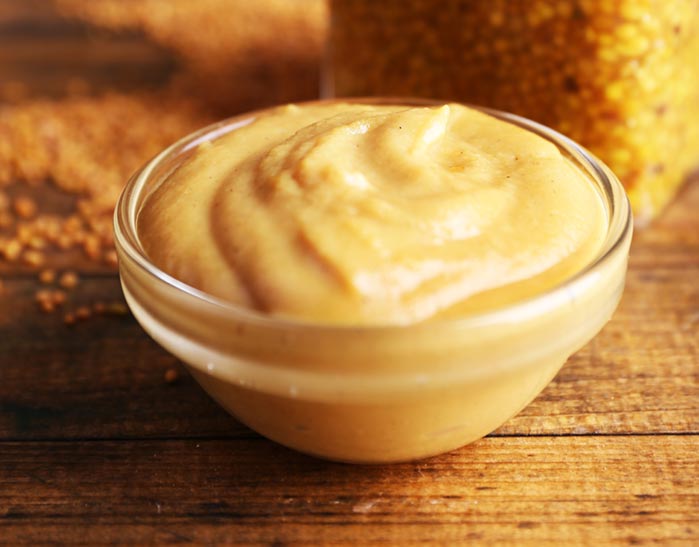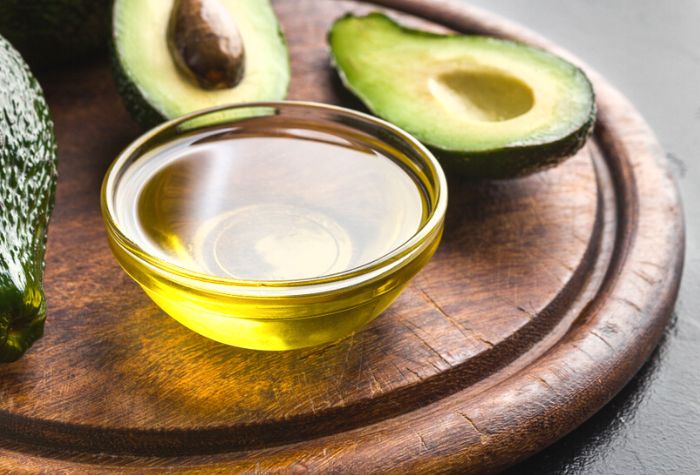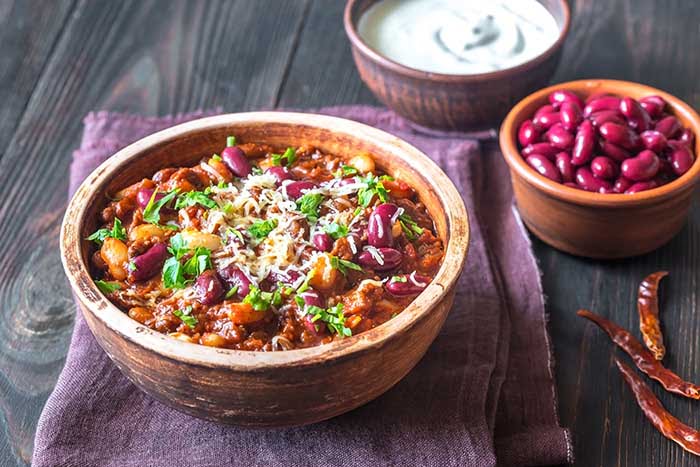Need a last-minute dried or fresh parsley substitute? From chervil to cilantro, these best herb alternatives will give you the fresh flavor you need for your garnish today.
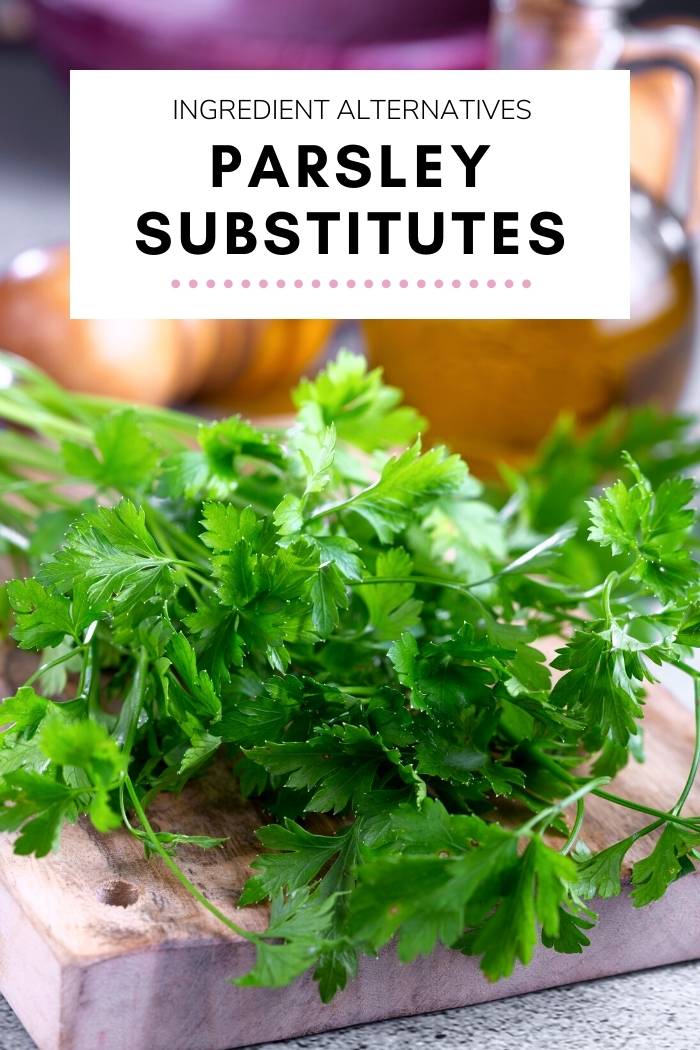
With its unique peppery and slightly citrus flavor, parsley is a Mediterranean herb best used to garnish many homemade soups, stews, and sauces. Its vibrant color and fresh taste make it a unique ingredient that can elevate any dish it’s applied to.
But what do you do if you don’t have any parsley to hand? Whether you’re looking to replicate the robust flavor of flat-leaf or the more peppery notes of dried parsley, we’ve got you covered.
From fresh basil to chives, these quick parsley substitutes will give you the flavor, freshness, and aroma you need today.
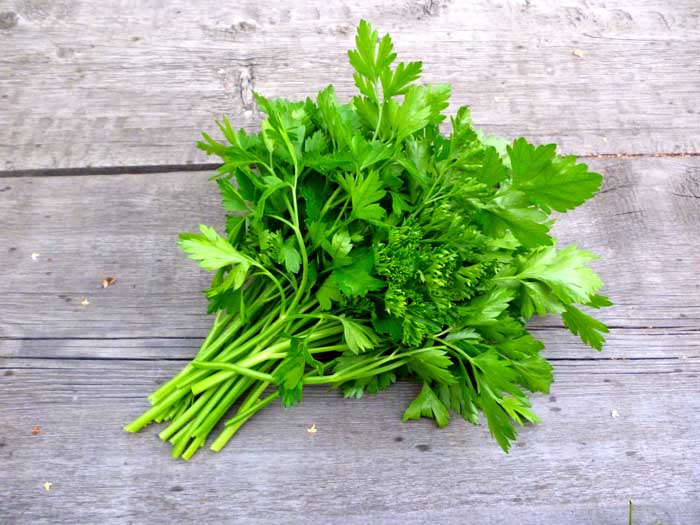
The Best Substitutes for Dried & Fresh Parsley
The best substitute for parsley depends on how you were planning on using the herb. If you were using a bunch of fresh parsley as a garnish, then a similar leafy herb such as cilantro works. If you were going to use dried parsley to season a dish, similar earthy herbs such as thyme or finely chopped chives are suitable substitutes.
Chervil
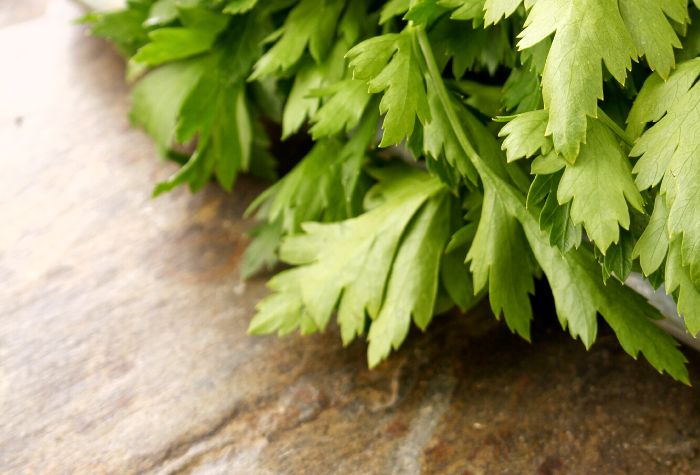
Need an easy dried parsley substitute? Chervil’s your best bet. Often better known as ‘French parsley’, chervil originates from the same herb family as parsley, and for good reason: It brings a fresh and delicate flavor similar to the Mediterranean herb, but with a very subtle twist of anise-like flavor that’s best used in its dried form.
While you can use fresh chervil, its delicate and soft leaves wilt easily under heat, so be careful only to use it as a simple garnish and not as an ingredient for cooking.
Dried chervil is best used to replace dried parsley in slow-cooked or simmered dishes, like soups, stews, or sauces. It can also be used in marinades and rubs for meats, and even some grain dishes, such as rice pilaf.
Start by using dried chervil as a dried parsley substitute in a 1:1 ratio for your soups, stews, or sauces. It does have a milder flavor, so you may need to increase the quantity, but do so slowly and taste as you go.
Tarragon
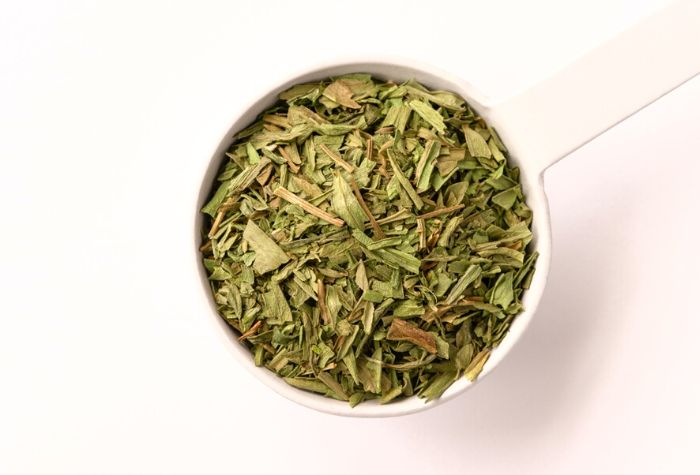
This is an aromatic herb from the sunflower family, and it is a perennial herb. It comes in three varieties, French, Mexican, and Russian. It grows in clusters of green, yellow-like flowers on stems. In most cases, it is used in the same recipes as parsley along with chives. If you want a fresh green mild-tasting herb, this will do the trick.
French tarragon is greener, so it will do well as a garnish. Russian tarragon has coarse leaves, while Mexican tarragon has yellow leaves. The mild flavor allows you to use it in many dishes as it easily complements various flavors.
The flavor of tarragon is slightly different from that of parsley. It can be described as having a eucalyptus-like flavor, with hints of mint and celery. While it may not look like parsley, it can be used in the same way as a garnishing agent in small amounts.
Oregano
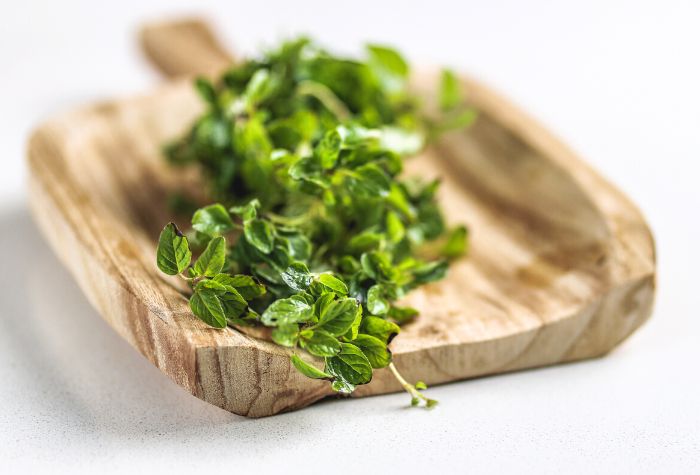
This herb is part of the mint family. It is a flowering perennial plant that is often used in many cuisines and has a warmth to it and a bit of sweetness. It is often favored for its pepper-like taste. However, if it isn’t used in moderation, it can turn out to be too bitter. So it helps to know what flavors you are working with. The intensity of the flavors can vary, but it adds warmth and heat to a dish.
The taste of oregano is anything but mild, so make sure to use it sparingly. You can use it to substitute parsley, whether fresh or dried. However, make sure to use less oregano than you would parsley because of the stronger taste that this herb has. For every half, a teaspoon of dried herbs, use one and a half teaspoons of fresh herbs. This is because dried herbs are much stronger than fresh.
Chives
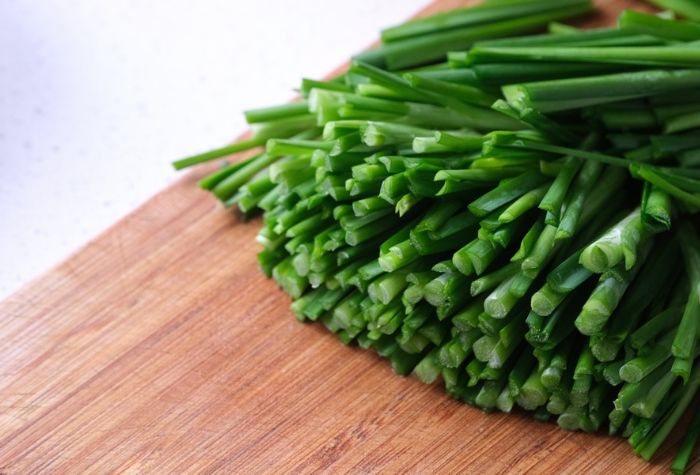
This green herb is often used for the green color and vibrance they add to a dish. But also for the onion-like taste that they add. They look like grass and hence have a thin blade-like shape. The flavor can be described as mild and also garlic-like. As such, they do well in salads, for cooking, and also as a garnish.
You can use fresh or dried chives in place of parsley. Ordinarily, chives can be used in sauces, for cooking, and also for garnish. Use half a teaspoon of dried chives for one and a half teaspoons of fresh parsley. It is advisable that you add them into your dish as you cook, unlike fresh chives that can also be used in all their glory as a garnish.
Arugula
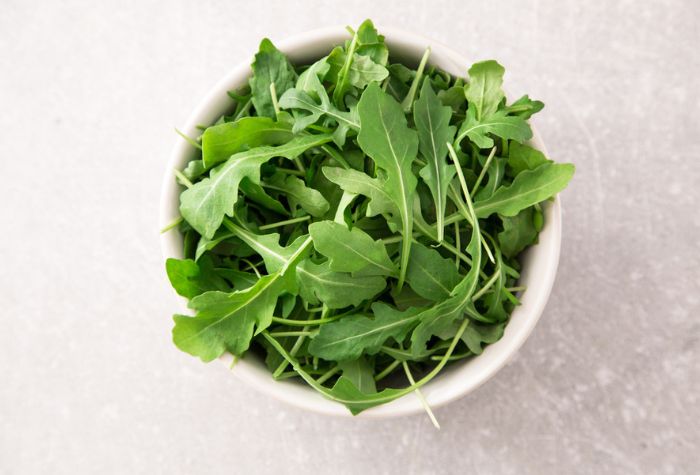
This vegetable is part of the broccoli and kale family. It is not a herb but a salad green with numerous health benefits. It has a distinct peppery taste and may also come off as being a bit bitter. It can be used in salads and is quite crunchy. In the same way that you would toss in parsley, you can do the same with arugula. It can be eaten raw or added to your cooking recipes.
There’s more of a bite to it when it is eaten raw. But you can also cook it if you are willing to lose parts of the peppery taste. It makes a good substitute for fresh parsley. The good thing about the arugula leaves is that they have a large surface area.
As such, they can be chopped up finely and easily substitute chopped parsley. It is bitter, so make sure to use less of it to overpower the rest of the dish.
Endive
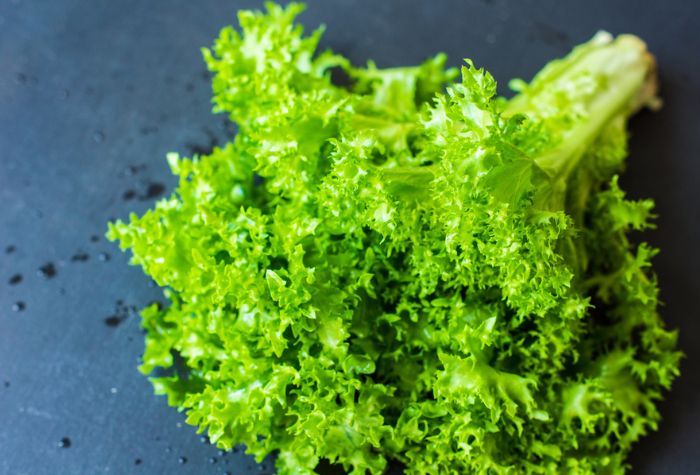
This is also a salad green, and it goes well with dishes that require fresh greens. It has a bitter, pepper-like taste. Curly leaf endive looks quite similar to curly leaf parsley. It has a mild, nutty taste, but it can also be slightly bitter to chew on. It can be eaten raw or cooked. Endives have a strong flavor, so you may want to use less of it than you would parsley.
The leaves are crunchy, so it makes a good salad ingredient and a good parsley substitute. When the leaves are raw, they are crunchy and bitter, but the taste is more mellow and can be slightly sweet when cooked. You can therefore use it in place of parsley when cooking or as a garnish.
Cilantro
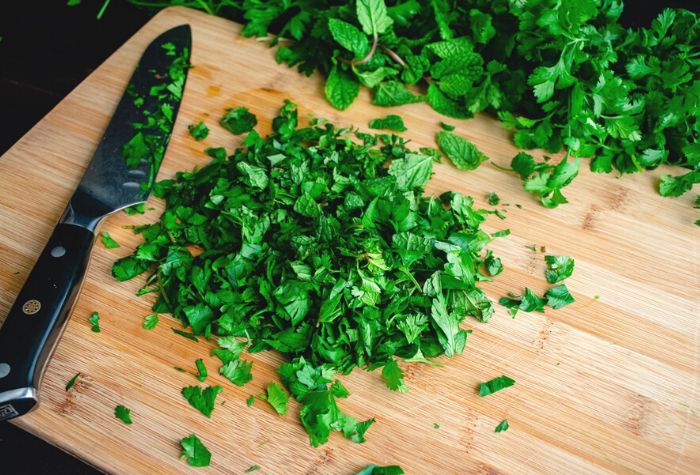
This is a herb that is often used in Mexican and Thai dishes. Its leaves look like flat parsley, and as such, it makes for good garnishing. Its flavors are quite bright and could end up overshadowing the flavors in the dish. Parsley has mild flavors, and in most cases, it will not be as strong as cilantro.
Cilantro has a lemon-like flavor that you will either like or hate. It’s also known as coriander. It also has a bit of a peppery taste and is often used as an ingredient to brighten up dishes. It can be used as a fresh parsley substitute. You will need to use less cilantro than parsley because it has a stronger flavor.
Dill
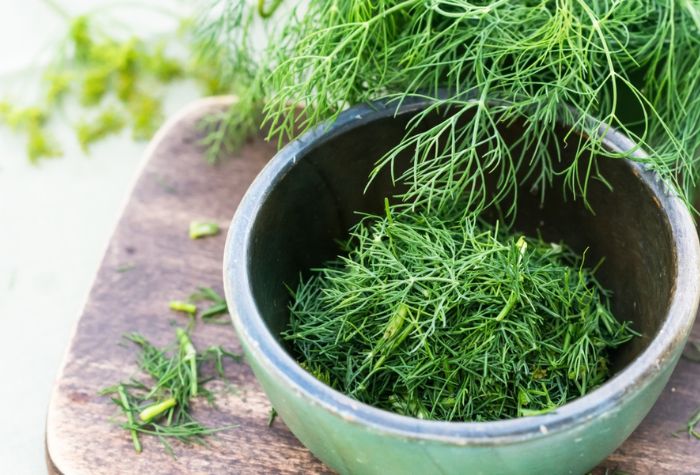
For a simple garnish that emulates the fresh, green appearance of fresh parsley, why not try a bit of dill? With a slight anise and grassy flavor, it has a freshness and sweetness that can make for the perfect finishing touch to any soup, salad, or seafood dish.
Be careful, however. Fresh dill has a stronger flavor than fresh parsley, so moderate and be sure to taste as you go. Start with a 1:2 ratio, and only increase if needed.
Mint
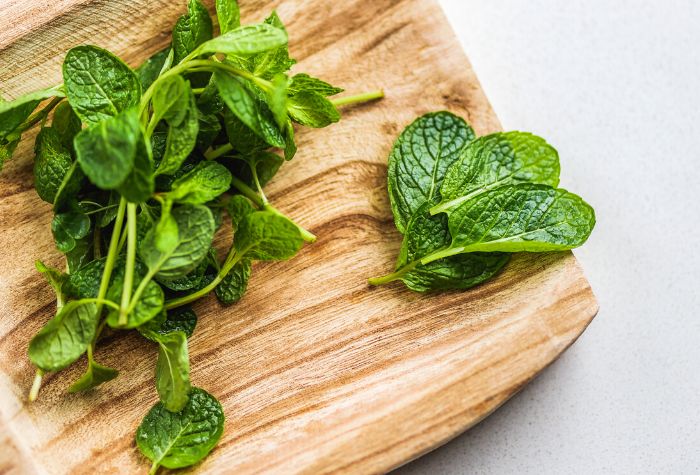
Best used as an alternative to fresh flat-leaf parsley, mint has an unmistakable aroma and refreshing flavor that can easily replicate the freshness that parsley has. While not a like-for-like replacement, mint can work well in desserts and drinks thanks to its sweet notes and cool flavor.
Because it has a more pronounced flavor than parsley, use fresh mint in a 1:2 ratio to begin with before adjusting to taste.

